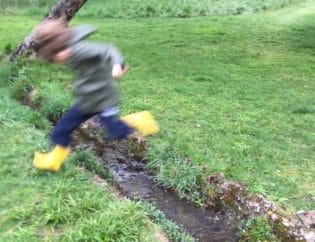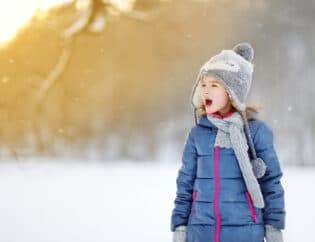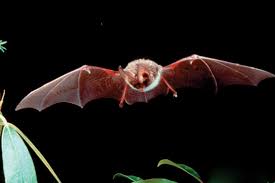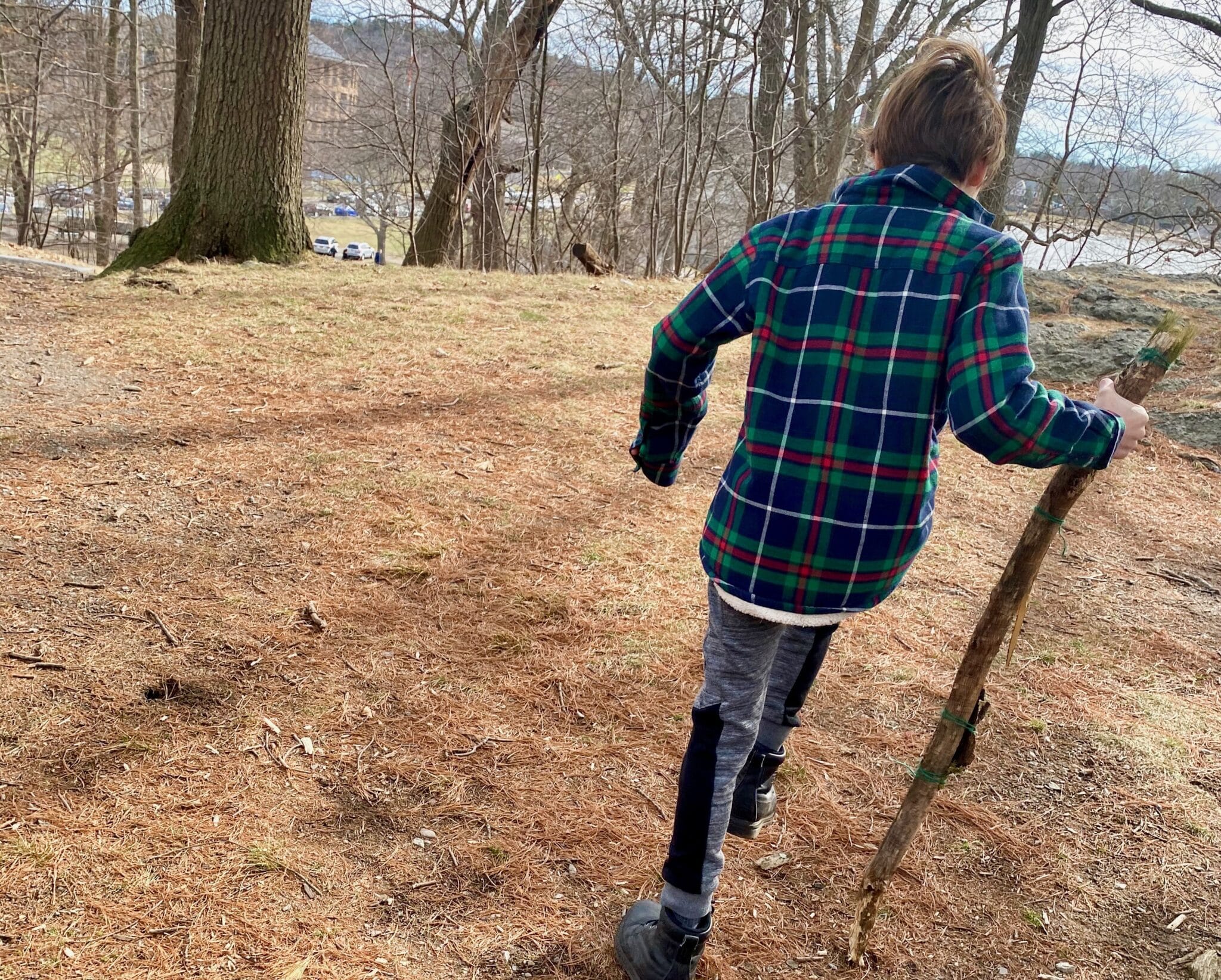
Imagine a toy that comes in a variety of shapes and sizes. Is not wasteful and does not pose a threat to the planet. Versatile. Plentiful. An endless source of creative play. Loved by children and dogs alike.
A toy marketer’s dream except for one detail: it’s free. So free that it does actually grow on trees.
We’re talking about the stick of course. This unassuming natural object also claims the title of the world’s oldest toy. And so beloved by children of many generations that it was even inducted into the National Toy Hall of Fame.
Sticks are unique in that they elegantly fit into two different realms: nature and play. They are the ultimate loose part which means they are open-ended and offer limitless possibilities. Unlike static, unchanging play spaces, loose parts and open-ended play environments can be manipulated, where things move and can be moved to open worlds of possibility.
They transform with ease to swords, magic wands, batons, bats, drawing tools, diggers, fishing poles, bows and arrows, lightsabers, building materials, journey sticks.
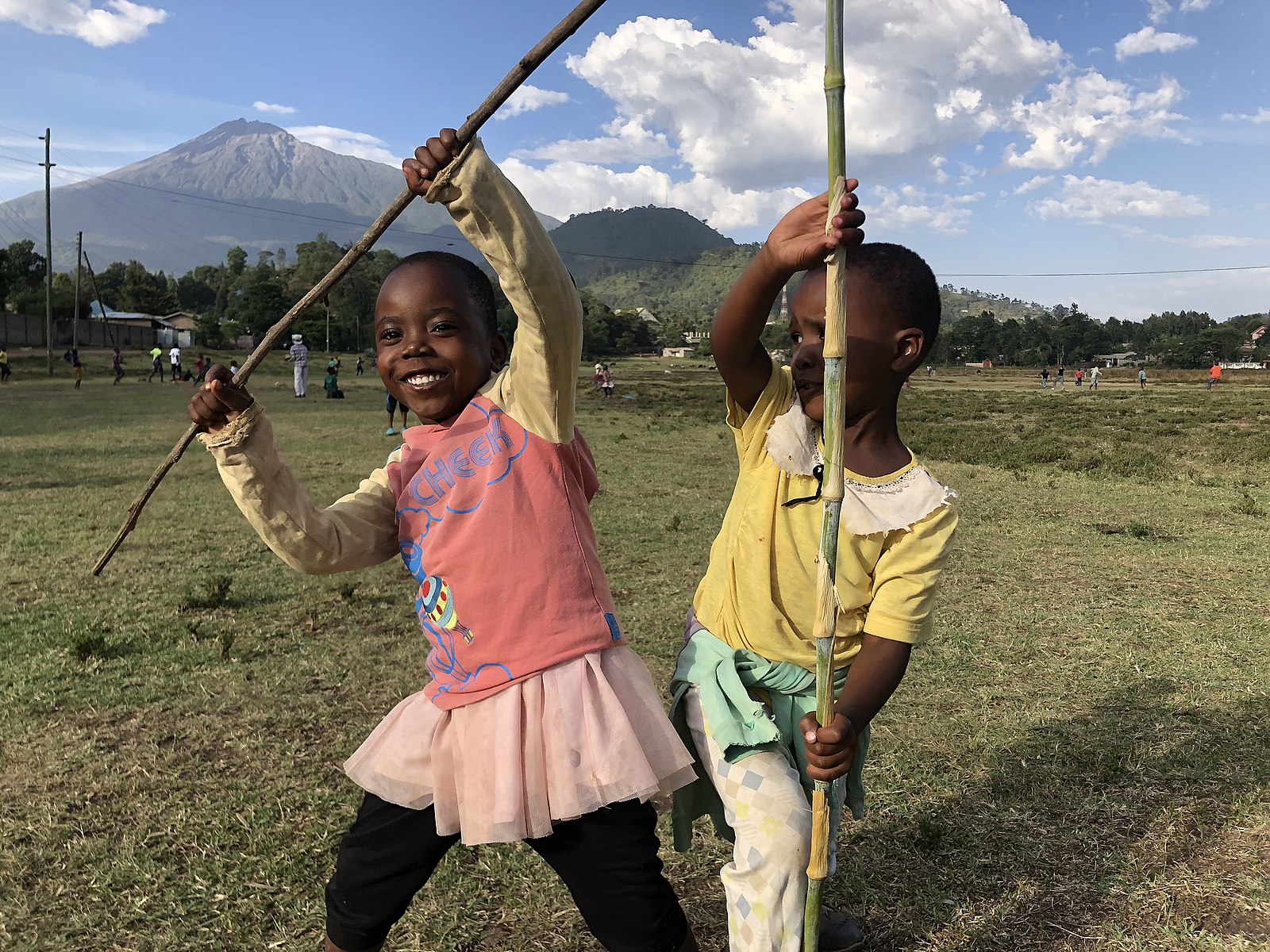
They are also the original building blocks for creative play. By offering children the freedom to invent and discover without restrictions, sticks promote free play. When children pretend with sticks, they cultivate their creativity and develop their imaginations.
Children build with sticks. They gather large ones and turn them into forts and dens. They build fairy houses and bridges with them. They use them as diggers to build moats and construct cities.
Inspiring Scotland describes their many uses in their excellent loose parts manual. Among those: a fishing rod near real or imaginary water; a spurtle in a mud kitchen; a tool to nudge a football that is stuck in a tree; it can be thrown, floated, snapped, pinged, bent, hidden, added to a pile, burnt, tied to something else, split, catapulted or discarded.
Of course, not all sticks are the same. But most will serve some purpose to a child. A long, sturdy stick is a great hiking stick. A stick of arm’s length is an excellent size for a pretend sword. A thicker, longer stick might work best as a journey stick. Kids grow attached to their sticks. My son has to find the exact right stick for his purpose. He’ll hide that stick to protect it from other kids, dare they try to pick it up at next recess. Which brings up an important point. While he is fortunate to attend a school that allows stick play, many schools do not.
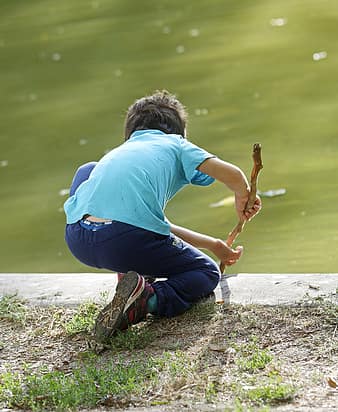 The fact is that not all adults are as charmed by sticks as kids and dogs. And, as a result, they police playgrounds, “disarming” children as soon as they pick one up. They’re worried about safety, of course. Just watch the reaction of a group of parents watching kids play afterschool when a child wields a stick. And then starts to run with it. Or points it at another child. I knew a woman who threatened to sue her son's school because they didn’t remove all sticks from the playground. I also know a boy who had surgery and permanent damage to his eye after a friend accidentally stuck him in the eye with the stick when playing.
The fact is that not all adults are as charmed by sticks as kids and dogs. And, as a result, they police playgrounds, “disarming” children as soon as they pick one up. They’re worried about safety, of course. Just watch the reaction of a group of parents watching kids play afterschool when a child wields a stick. And then starts to run with it. Or points it at another child. I knew a woman who threatened to sue her son's school because they didn’t remove all sticks from the playground. I also know a boy who had surgery and permanent damage to his eye after a friend accidentally stuck him in the eye with the stick when playing.
As Treehugger describes, sticks are an oddly vilified toy in the world of modern parenting. And yet, what other item from the natural world, so abundant and available, delights a child as much?
Many adults criticize stick play, not for the safety concerns, but because they believe using sticks as pretend weapons fosters violence in society. We’ve likely all seen children use sticks as swords, weapons, bows and arrows. In her book, “We Don’t Play with Guns Here,” child education expert Penny Holland takes a look at the origin and effect of restricting aggressive of violent-themed play. Holland traces the zero-tolerance approach for this type of play and looks at the impact on kids through the eyes of children and practitioners. The author challenges the key rationale for linking aggressive play themes to violent behavior. Holland argues that when adults stop trying to control children’s emerging understandings of war, aggression, peace and justice, citizenship, negotiating acceptable outcomes, they help children learn.
But not all parents are against sticks. Some frown on stick bans. They see banning sticks as banning risky play, which a child needs. Taking all of the sticks away just teaches our children that they have to fear nature. And it’s impeding their ability to be creative, resourceful, imaginative and expressive.
Other experts argue that when sticks are banned, creative children will just find something else to substitute. And many experts with experience in loose parts play will tell you that there should be a plan when it comes to introducing sticks because most of the problems with sticks most often arise when children have not been allowed to play with them. They say that when you start to bring loose parts to an environment, children who have been play-deprived may struggle with skills of negotiation or self-regulation. In this case, educators and supervising adults should select loose parts for these children to practice what they need until they are more at ease.
And indeed it seems the best approach to fostering safe play with sticks is to encourage children to use them wisely. Running, hitting, and poking with sticks might not be allowed, but play sword-fighting with willing participants might be fine. As the supervising adult, you'll have to decide what suits your children and the setting they are in. Check-in with other parents on their comfort level. Engage the kids in a safe stick talk, discussing the potential dangers if using a stick carelessly and ways they can play safely with sticks. Here are some excellent guidelines for risky play from play expert Mariana Brussoni. Setting some stick ground rules is a good idea. We like this suggestion from one pro-stick parent: "We follow our son's forest school stick rules for continuity and because we're comfortable setting those limits for now. Arm-length sticks can be wielded and used as wands. Bigger sticks can be used as a walking stick or dragged like dragon tails. We like to think of the rules as good stick manners!"
So let your child explore this gift from nature but don’t forget to remind them to use their stick manners!
A celebration of the power of imagination from the Theodor Seuss Geisel Honor Award-winning creator of Not a Box.
Packed with 70 ideas and projects, The Stick Book will give you loads of inspiration for using the wonderful, free and all-natural toy: the stick.





